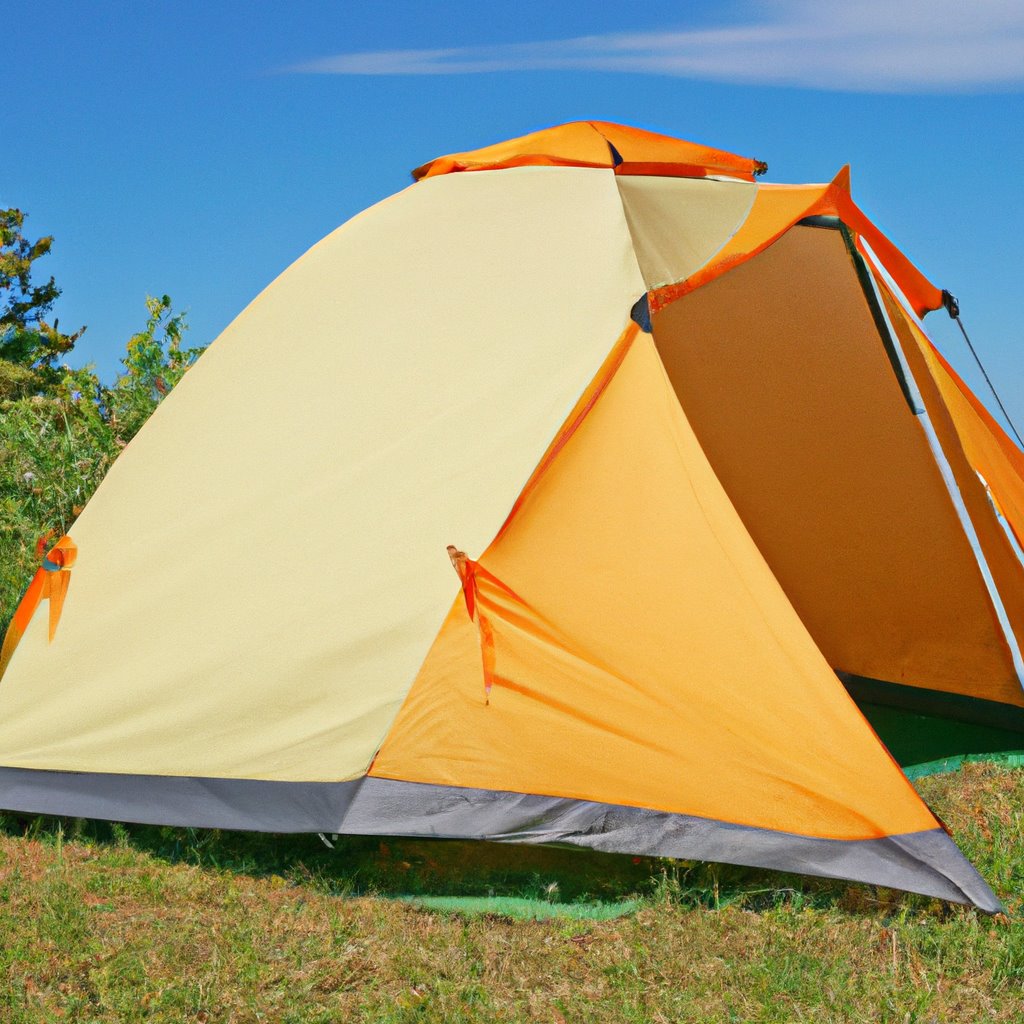Pitching a Tent: A Beginners GuidePitching a tent may seem like a daunting task for beginners, but with the right preparation and some practice, it can be a fun and rewarding experience. Whether youre camping in the great outdoors or setting up a tent in your backyard for a fun staycation, knowing how to pitch a tent is an essential skill for any outdoor enthusiast. In this article, well provide you with a step-by-step guide on how to pitch a tent, along with some tips and tricks to make the process easier and more enjoyable.Choosing the Right TentBefore you can pitch a tent, youll need to choose the right one for your needs. There are many different types and sizes of tents available, so its important to consider factors such as the number of people you will be camping with, the weather conditions you will be facing, and how much gear you will need to store inside the tent. Some popular types of tents include dome tents, tunnel tents, and cabin tents, each with its own unique features and benefits.Once youve selected the perfect tent for your camping trip, its time to start the pitching process.Step 1: Find a Suitable LocationThe first step in pitching a tent is to find a suitable location to set it up. Look for a flat, level area free of rocks, roots, and other debris that could damage your tent. Avoid setting up your tent in low-lying areas that could flood in case of rain, and be mindful of any potential hazards such as falling branches or overhead power lines.Step 2: Lay Out the TentNext, lay out the tent flat on the ground with the door facing the direction you want it to open. Make sure to stake down the corners of the tent to keep it in place while youre setting it up. If your tent comes with a footprint or ground cloth, place it underneath the tent to provide an extra layer of protection from moisture and abrasion.Step 3: Assemble the PolesMost tents come with collapsible poles that need to be assembled before you can pitch the tent. Start by unfolding the poles and connecting them according to the manufacturers instructions. Slide the poles through the designated sleeves or clips on the tent body, and then insert them into the grommets at the corners of the tent to create the frame.Step 4: Raise the TentWith the poles in place, its time to raise the tent. Have a partner help you by holding one end of the tent while you lift the other end and secure it in place. Once the tent is standing upright, stake down the remaining corners and tension the guy lines to ensure that the tent is stable and secure.Step 5: Secure the FlyMany tents come with a rain fly or canopy that provides extra protection from the elements. Attach the fly to the tent by securing it with Velcro tabs, clips, or buckles. Make sure that the fly is taut and covers the entire tent to prevent rain, wind, and debris from entering.Step 6: Add the Guylines and StakesTo ensure that your tent stays secure in windy conditions, attach the guylines to the designated loops on the tent and stake them out at a 45-degree angle from the tent. Place stakes at all four corners of the tent and along the sides to prevent it from shifting or collapsing.Step 7: Ventilation and Interior SetupLastly, make sure to open any vents or windows in the tent to allow for proper airflow and ventilation. Arrange your sleeping bags, sleeping pads, and other gear inside the tent to create a comfortable and functional living space. Consider using a ground tarp or footprint to protect the floor of the tent from wear and tear.Tips and Tricks for Pitching a Tent- Practice setting up your tent at home before your camping trip to familiarize yourself with the process and make it quicker and easier when youre in the great outdoors.- Invest in quality gear such as lightweight poles, durable stakes, and waterproof fabrics to ensure that your tent will withstand the elements and last for many camping trips to come.- Consider using a tent footprint or ground tarp to protect the floor of your tent from moisture, dirt, and abrasion.- When selecting a location to pitch your tent, look for natural windbreaks such as trees, shrubs, or boulders to provide extra protection from strong winds.- Always check the weather forecast before your camping trip and be prepared for changing conditions by bringing extra layers, a rain jacket, and a waterproof tarp to cover your tent if necessary.Pitching a tent is an essential skill for any outdoor enthusiast, and with the right preparation and practice, it can be a fun and rewarding experience. By following the steps outlined in this article and using the tips and tricks provided, youll be well on your way to mastering the art of pitching a tent and enjoying many memorable camping adventures in the great outdoors.


leave a comment